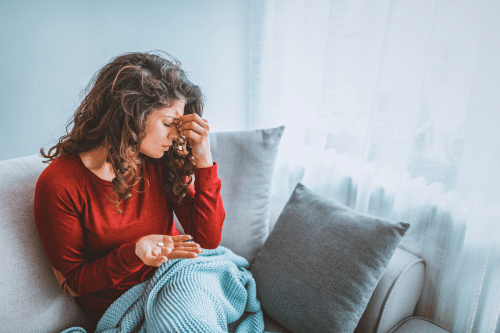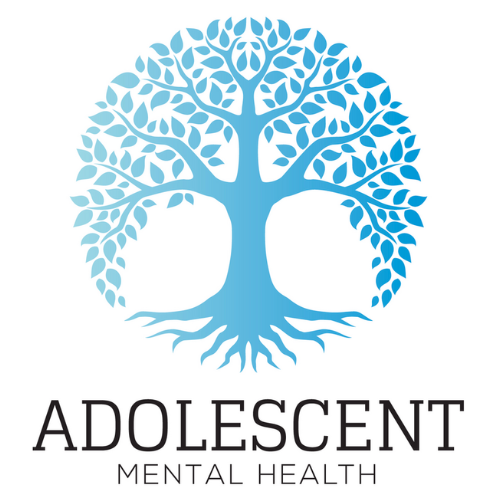Signs of Anxiety in Teens: Key Indicators Parents Need to Know
Understanding Anxiety in Adolescents
Anxiety is a common mental health condition that affects many adolescents. While occasional feelings of anxiety are normal, persistent anxious feelings can interfere with a teen’s daily routines and quality of life. Teen anxiety can lead to difficulties in academic performance, social activities, and family life. Recognizing common signs of anxiety in teens is essential for early intervention and support.
Common Signs of Anxiety
Anxiety symptoms in teenagers can manifest in different ways, impacting their school performance, extracurricular activities, and daily lives. Some warning signs of anxiety in teenagers include:
- Changes in academic performance – A drop in grades, difficulty focusing, or school refusal.
- Social withdrawal – Avoiding social situations, skipping social activities, or struggling with eye contact.
- Sleep disturbances – Insomnia, frequent nightmares, or excessive sleeping.
- Changes in appetite – Eating too much or too little due to anxious feelings.
- Low self-esteem – Negative self-talk, excessive fears, or avoidance of challenging situations.
- Increased irritability or mood swings – Explosive outbursts, intense pressure, or difficulty managing emotions.

Types of Anxiety Disorders in Teens
There are different types of anxiety disorders that can affect adolescents. Some common anxiety disorders include:
- Generalized Anxiety Disorder (GAD) – Persistent excessive worry about future events, health, or daily living.
- Social Anxiety Disorder – Intense fears of social interactions, class presentations, or large gatherings.
- Panic Disorder – Sudden panic attacks that cause rapid heartbeat, dizziness, or a sensation similar to a heart attack.
- Specific Phobias – Extreme fear of objects, heights, or natural disasters.
- Obsessive-Compulsive Disorder (OCD) – Compulsive disorder involving repetitive behaviors like excessive cleaning or counting.
- Separation Anxiety Disorder – Anxiety in children that continues into adolescence, causing distress when apart from loved ones.
Physical Symptoms of Anxiety
People with anxiety disorders often experience physical symptoms along with emotional distress. Some common symptoms of anxiety include:
- Headaches and migraines
- Stomachaches or nausea
- Rapid heartbeat and high blood pressure
- Sweating, trembling, or dizziness
Emotional Symptoms of Anxiety
In addition to physical health effects, anxious teenagers may struggle with:
- Excessive worry about everyday life
- Feeling of worry about normal activities
- Fear of worst-case scenarios
- Avoidant coping strategies to escape stressful situations
Importance of Early Recognition
Early detection of anxiety in teens can prevent chronic anxiety, depression, or mood disorders. Untreated anxiety may lead to mental health challenges, substance abuse, or difficulties in social life. Recognizing common forms of anxiety among youths allows parents and educators to provide timely support.

Strategies for Supporting Anxious Teens
Parents, teachers, and caregivers can play a key role in managing anxiety in teenagers. Some helpful approaches include:
- Effective communication techniques – Encouraging anxious children to express their worries.
- Encouraging coping mechanisms – Teaching cognitive-behavioral therapy techniques to reduce everyday worry.
- Creating a supportive environment – Reducing stressors in daily basis interactions at home and school.
When to Seek Professional Help
If anxiety in teens may cause severe distress or disrupt daily activities, seeking mental health treatment is essential. Mental health professionals can assess history of anxiety and recommend treatment options such as:
- Cognitive-behavioral therapy (CBT) – A common type of behavioral therapy to help teens with anxiety manage their thoughts.
- Family therapy – Addresses family history of mental health issues to create a supportive home environment.
- Anti-anxiety medications or antidepressant medications – Prescribed when anxiety symptoms severely impact daily living.
Conclusion
Anxiety disorders in teenagers are common, but early intervention can improve their quality of life. Recognizing the common symptom of adolescent anxiety disorders and seeking mental health service can prevent long-term consequences. Through a combination of therapy, support, and lifestyle changes, anxious teens can regain control and thrive in their everyday activities.










